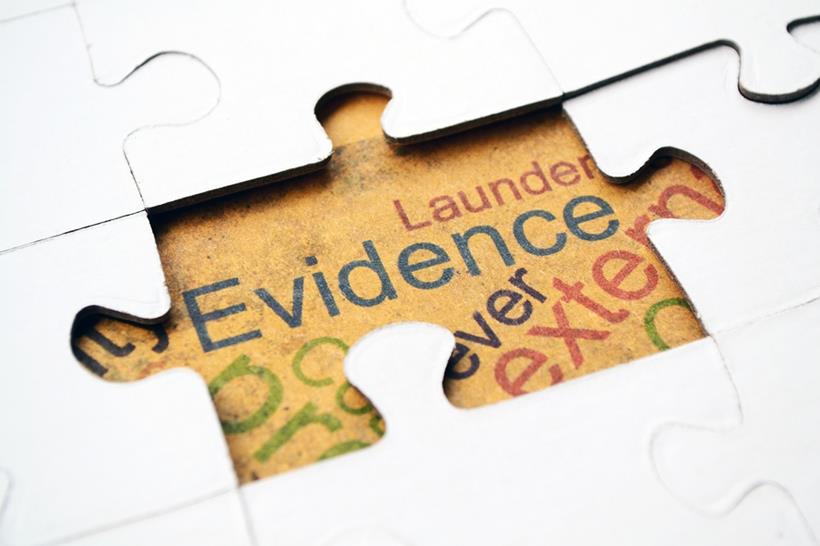
Most records and information managers I know struggle with engaging senior management and the divisions and teams they manage in the topic of change when implementing an improvement to the management of information. Most managers and quite a lot of records and information managers act as if the management of information is a compliance issue rather than a productivity or management of risk issue.
The struggle is often with articulating what is required for the implementation beyond the ubiquitous labels of ‘training’ and ‘communication’. Some use change management processes such as ADKAR from Prosci or Kotter’s 8-step process. Some use our method of creating an environment in which change is driven by the people themselves rather than by the records and information management unit or the project team. Even then people struggle to articulate what is required for significant change to occur.
There is another way.
There is another way other than declaring to all stakeholders what the change will be and determining what actions need to be taken to achieve the change, the resources required to execute the change and the time frame of the change. Rather than a proactive, documented and approved change strategy, the other way is to use the concept of creating an emergent change strategy.
An emergent change strategy is one where although there is an overall goal, with known parts of the jigsaw to put in place to achieve the overall change, we only plan each part of the jigsaw as the environment we are in provides support for the resources we need.
For example, we may want to revise our information management processes and systems to make the changes in outputs and outcomes comprising:
- An increase in adoption rates from 35% to greater than 80%
- Transfer of all contract, recruitment, human resource management, board documents and client records management to our EDRMS in a digital form
- Change our security management approach to comply with the Australian Government Protective Security Policy Framework
- In general, increase our level of maturity of information asset management from level one to level 3 as described by the NSW State Government Information Asset Maturity model.
To achieve these outcomes will take several years.
We can create a compelling case for change called for by many change management models and try to get the budget and resources required to make the change. The problem most records and information managers face though is that information management does not rate highly on the CEO, CFO and even the CIO’s to do list unless it is in reaction to the consequences of a risk event that is embarrassing, financially draining, or harmful to people or the environment. It is difficult to get a project off the ground when its aims are to achieve the outcomes stated above.
Or we can try for an emergent change strategy.
Under an emergent strategy our goal remains the same, however our method changes to creating an environment where we:
- Take opportunities to establish the language of records and information management through small projects with influential people.
- Seek opportunities to improve key processes through low risk application of an EDRMS and records and information management practices.
- Use incidents where information management was poor to further our cause of improving governance of information. Build a register of risk events that could have been prevented by good information management practices. We use that register to build a business case for making incremental changes.
- Educate ourselves and others on how the functionality of an EDRMS can streamline specific business processes. We seek to understand business processes without being invited to. We learn process mapping.
- Bust the myths that build up about an EDRMS. We do this especially with influential people.
- Slowly build a cohort of people who see records and information management and the functionality of an EDRMS as a business improvement tool.
- Let the cohort of people shape the strategy to achieve the goal.
Emergent change is the most powerful change. It gathers supporters and rationale as it progresses. It has principles rather than processes to guide it. The principles of Emergent Change are:
- The power of the idea
- Communicate early and often through the right channels; one way channels for simple direct communication, two way for complex communication that requires evaluation by the receiver
- Be persistent and consistent ; people can cope with disappointment much more than they can with uncertainty
- Build critical mass
- Find your friends
- Allow others to be first movers






